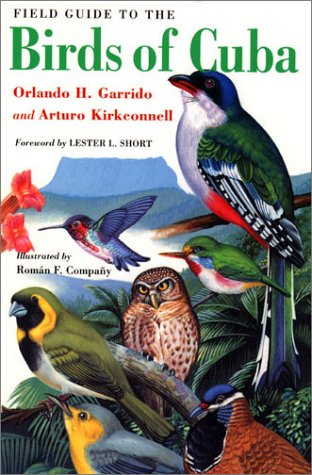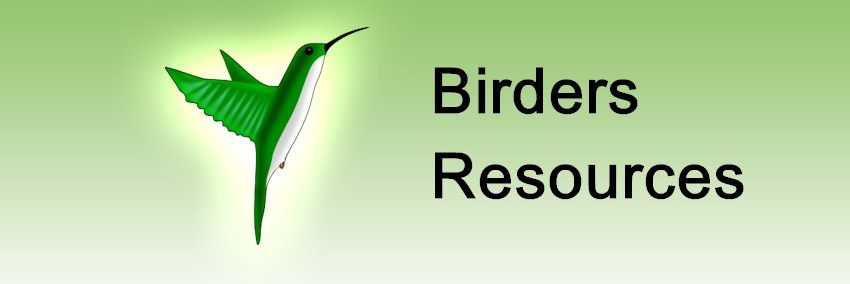The richness and diversity of Cuban birdlife features 354 recorded species that represent 20 orders and 60 families. The 21 living endemic species include the charming Cuban Tody, the striking and elegant Cuban Trogon (the national bird), the colorful Cuban Green Woodpecker, and the smallest of all birds, the Bee Hummingbird.This compact and portable field reference will help Cubans, visitors from abroad, and bird enthusiasts identify and enjoy the island’s avifauna. The 51 color plates and 662 images accurately illustrate male, female, and juvenile plumages (in some cases for the first time). Many migratory species are depicted in both winter and breeding colors, providing a glimpse of many common North American birds as they appear when away from northern surroundings. In the comprehensive Field Guide to the Birds of Cuba Orlando H. Garrido and Arturo Kirkconnell share their vast wealth of knowledge about birds―and habitats―that are too little known.Field Guide to the Birds of Cuba contains:* Species accounts including habitat descriptions, similar species, range, status, nesting and feeding habits, and vocalizations.* Checklists of endemic species and subspecies.* Background on the geography, climate, geology, paleontology, and natural history of Cuba.*144 maps that show regional boundaries and vegetative habitats as well as the local distribution of each species.





Detailed info, but worst organized field guide I’ve ever encountered! This has to be the worst organized field guide that I own…and I own dozens. It is so poorly organized that I’m not even sure I’ll take it to Cuba, I may take the far superior Nils Navarro “Endemic Birds of Cuba” plus the Field Guide to Birds of the West Indies. If I do end up carrying it, I will probably just use it for reference at night, but in the field I think it will be useless.
The plates and text are good enough but the plates lack a direct correlation to … We bought this guide to take with us to Cuba. The plates and text are good enough but the plates lack a direct correlation to the text descriptions so you have to search through the text to find the plate number in the text and parse through all of the descriptions of birds on the plate (typically 6 or so birds). It works, but is a bit inconvenient. The guide appears to list every bird ever seen in Cuba (at least in the “modern age”). Quite a few of the listed birds have been sited…
Could be more compact I haven’t taken this into the field yet, but will shortly. But even without taking it out, and being an experienced birder, it does suffer from being a bit large – luckily since the avifauna of Cuba is not huge (according to the book 354 species) it is not thick and doesn’t weigh much more than a normal field guide. The color plates are well done – but kind of weirdly, when you open to a plate on the right hand side are the color paintings of the birds but no names; the names on are on the…